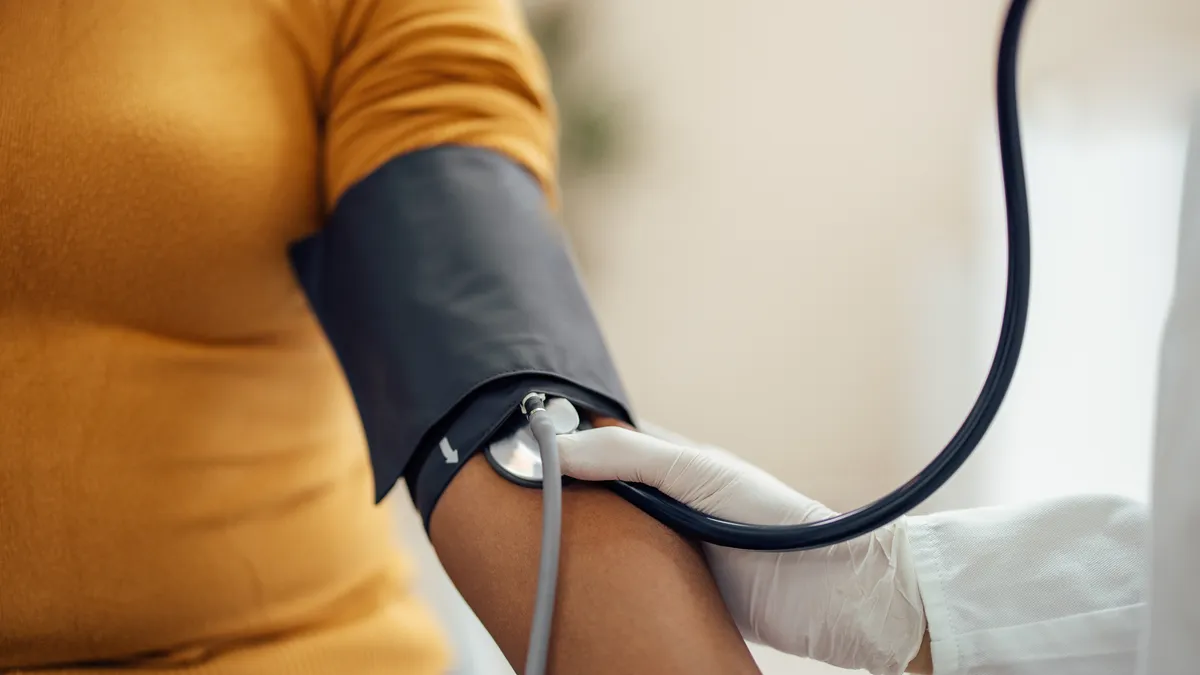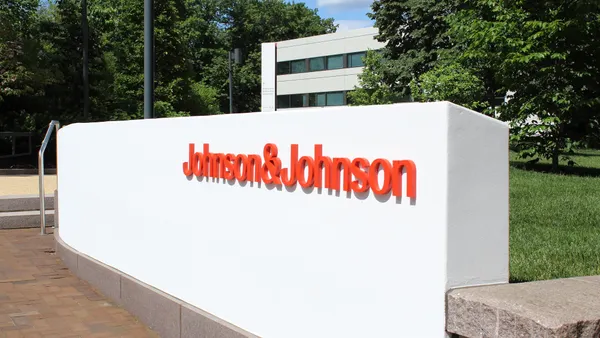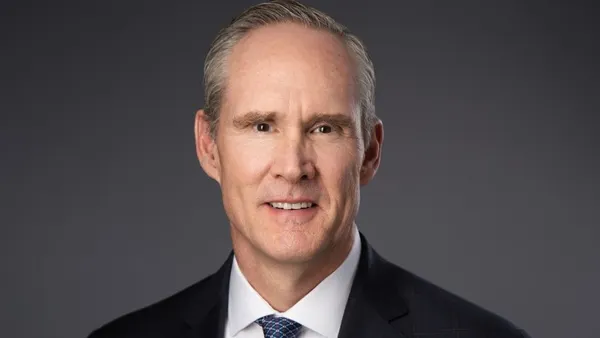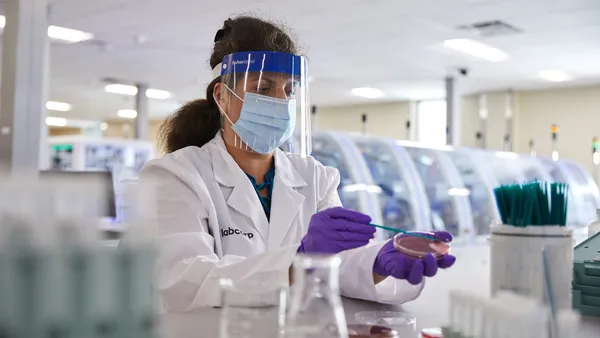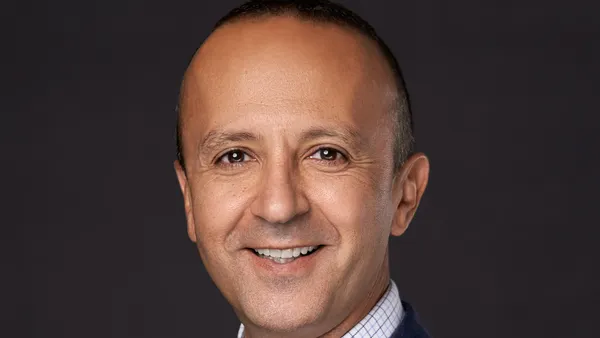Dive Brief:
- Prescription drugs could account for nearly 15% of all money spent on healthcare in the U.S., according to a new report published in Health Affairs July 31 that offers a counterpoint to the frequent industry claim only 10% of spending goes toward pharmaceuticals.
- Three researchers from Memorial Sloan Kettering's Center for Health Policy and Outcomes approximated revenues retained at each step in the drug supply chain to place total U.S. spending on pharmaceuticals at $480 billion in 2016.
- Drug manufacturers "captured" $323 billion, or two-thirds, of that total. Pharmacy benefit managers — most recently the target of criticism over their role in rising drug costs — retained only $23 billion in gross profits, suggesting reforms targeted only at PBMs may have limited impact on prices and overall spending.
Dive Insight:
Estimating the total money spent on drugs in the U.S. isn't an easy task due to a convoluted distribution system and limited transparency into contracts between the intermediaries that bring a medicine from drugmaker to patient.
The result is a wide range of approximations, each of which counts spending in a different way. Iqvia, a consulting and contract research group, publishes widely cited estimates of both gross spending on drugs at invoice prices and revenue reported by drugmakers after adjusting for rebates.
In 2016, those figures came to $450 billion and $323 billion, respectively. The researchers from Memorial Sloan Kettering used the latter total as a starting point for retained revenue by drugmakers, and then estimated gross profits for each of the other players in the drug supply chain.
The result is what the researchers contend to be a better picture of the overall market size for drugs, including purchase, distribution and payment.
Measuring their figure against the Centers for Medicare and Medicaid Services' estimate of $3.3 trillion in national health expenditures for 2016 brought the researchers to their conclusion that drugs account for nearer to 15% of spending, rather than 10%.
In publishing their findings, the researchers don't draw any conclusions around where reforms to reduce spending may be best aimed. They do, however, hint that breaking down spending by each market player could help inform policy.
"A recent policy focus on the supply chain suggests that understanding those consequences will be important—particularly in light of recent calls by Food and Drug Administration Commissioner Scott Gottlieb for greater transparency in price negotiations involving PBMs, distributors, drug stores, and payers; appeals by the pharmaceutical industry and government to limit the scope of the 340B program; and deliberations by CMS to begin instituting point-of-sale rebates to reduce the out-of-pocket burden on patients," they write.
The Trump administration has recently focused on the role played by rebates in increasing drug prices and, by consequence, drug spending. Health and Human Services Secretary Alex Azar has made rebates the target of recent speeches, and a proposed rule filed by the White House appears to seek elimination of a legal exemption under which rebates don't fall afoul of anti-kickback statutes.
Recent comments from top executives at pharma companies, including Pfizer and AbbVie, have made clear that the pharma industry is currently contemplating a world in which rebates might play a reduced role. Pfizer CEO Ian Read, for example, said on a recent earnings call that he believed the U.S. would eventually move away from rebates completely.
But, as the new research suggests, reducing the role played by PBMs — and targeting the money they collect as supply chain middlemen — might not make as much of a dent on drug spending as imagined.







